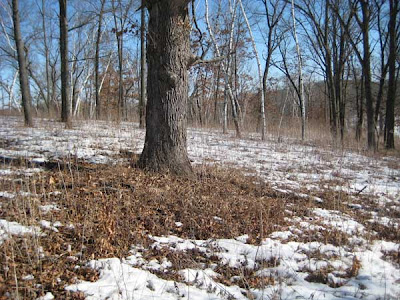Upcoming Great Birding Trail television program
Sunday afternoon I was privileged to join a large group of birders and naturalists at a preview of the forthcoming television program documenting the Great Wisconsin Birding Trail. This hour-long program was shown at Sundance Theater in Madison.
Pleasant Valley Conservancy is honored to have been included in the segment of the Great Birding Trail that includes southwestern Wisconsin. Details can be found at the PVC web site. (Click on Home after reading this post.)
Here are details on the television program:
On the Trail, an In-Wisconsin Special, premiers at 7 PM Sunday, March 1, with an encore presentation at 7 PM, March 12. The program provides an overview of the statewide birding trail and visits sites across the state. This program is a must-see! It will also be available for purchase as a high-definition DVD.
Pleasant Valley Conservancy is honored to have been included in the segment of the Great Birding Trail that includes southwestern Wisconsin. Details can be found at the PVC web site. (Click on Home after reading this post.)
Here are details on the television program:
On the Trail, an In-Wisconsin Special, premiers at 7 PM Sunday, March 1, with an encore presentation at 7 PM, March 12. The program provides an overview of the statewide birding trail and visits sites across the state. This program is a must-see! It will also be available for purchase as a high-definition DVD.



